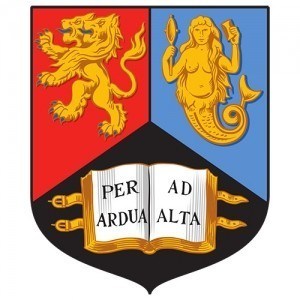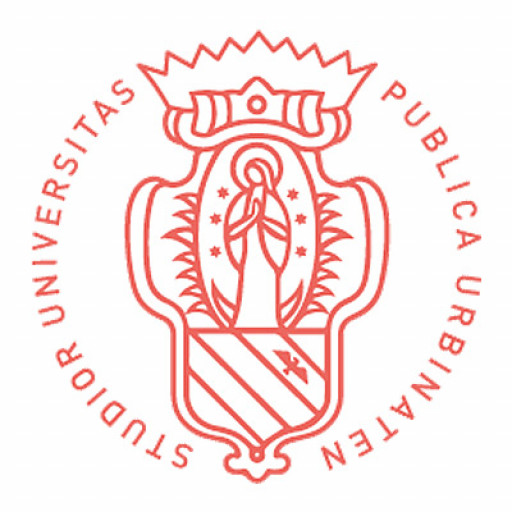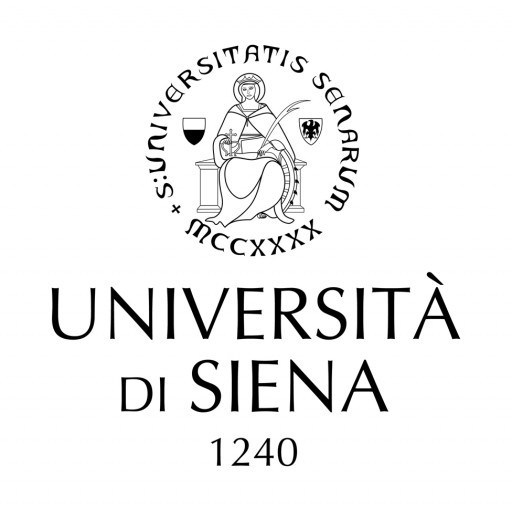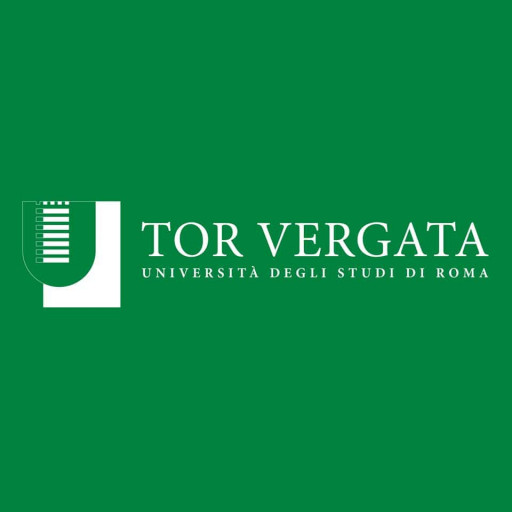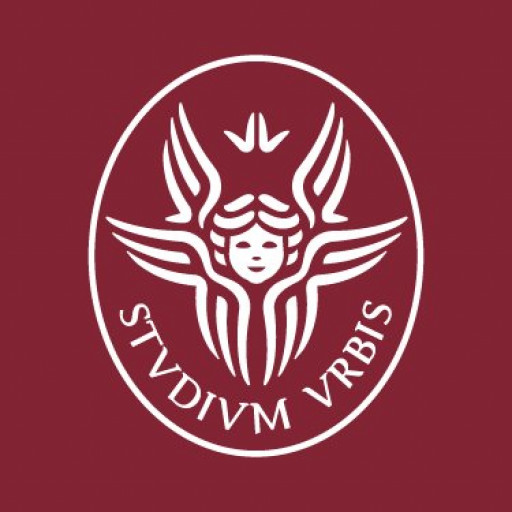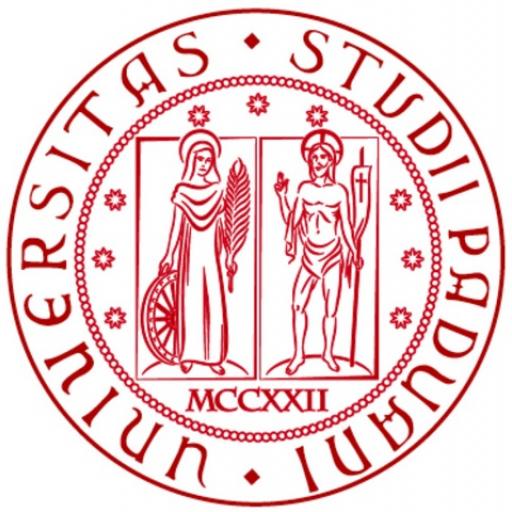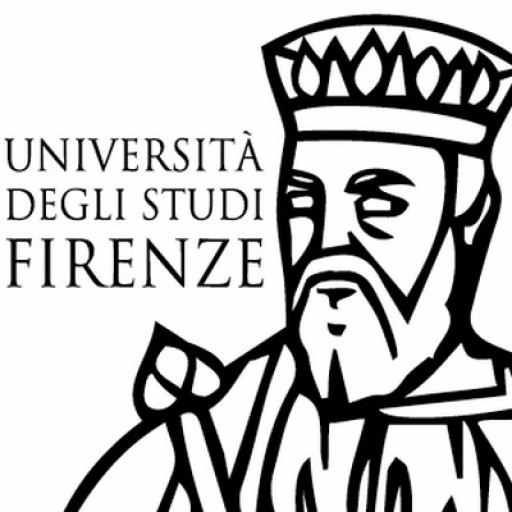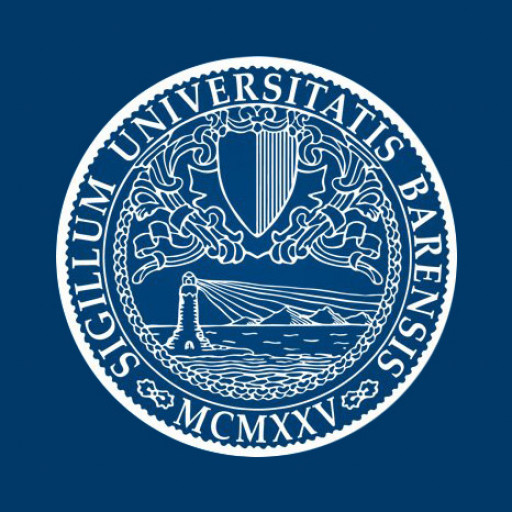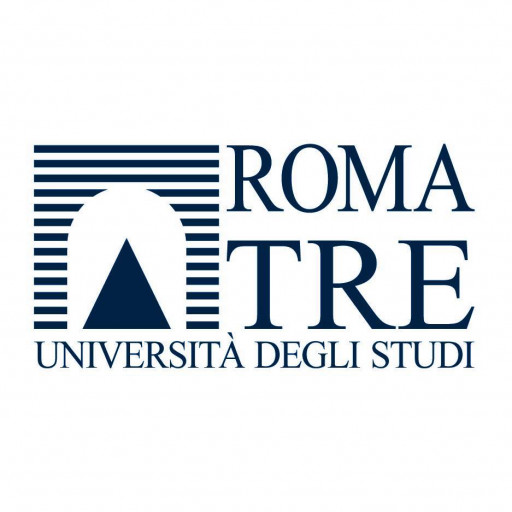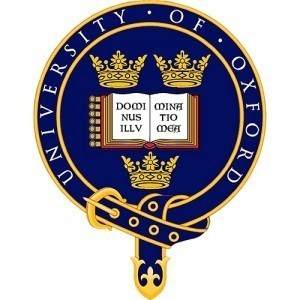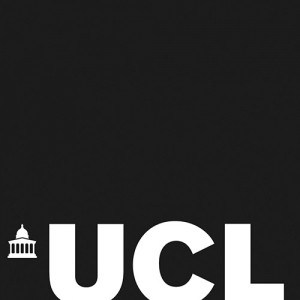Photos of university / #unibirmingham
Description
The History of Art is an exciting and stimulating field of study with a diverse curriculum and wide application to modern life and the world of work. Much of our teaching draws on the collection of the Barber Institute of Fine Arts, and this is supported by the rich resources available elsewhere in Birmingham, including Birmingham Museum and Art Gallery, one of the major regional British art museums, and the IKON gallery, one of the leading galleries of contemporary art. Throughout your degree, we aim to foster independent enquiry, critical analysis and self-motivation, providing you with broad knowledge of the subject, but also giving you the opportunity to specialise in topics that are of particular interest to you.
Detailed Course Facts
Application deadline None, but early application advised Tuition fee Not specified Start date September 2015 Duration full-time 36 months Languages Take an IELTS test- English
Course Content
First year
This is your foundation year and youll take our compulsory modules: Approaches to Art History, which introduces the methods and concepts employed in the study of art history; and Object and Medium, which examines the techniques and materials used in the production of artworks. Other modules will give you an outline of selected key historical periods and themes in the history of art, such as the Renaissance and Modernism. Lectures and seminars are supported with study trips to galleries and current exhibitions in London or elsewhere. Youll also take a module in a subject outside of the discipline.
The first-year modules include:
- Approaches to the History of Art
- Object and Medium
- Ideas of the Renaissance
- Concepts of Modernism in the History of Art
- Module outside of the main discipline (MOMD)
Second year
Youll now acquire a greater depth of knowledge by focusing on a number of more specific subjects. You can choose from a number of optional modules on themes or periods in the history of art, and you also choose another Module Outside the Main Discipline. Youll also go on a study trip to a major artistic and cultural centre overseas such as Berlin, Paris or Venice, where youll have the chance to access works of art and architecture unavailable in Britain and to study them in situ. You are prepared for this module, and for your dissertation, though a core module on Research Techniques in the History of Art.
The second-year modules include:
- Renaissance Art in Italy and the Netherlands 1400-1460
- Art, Architecture and Design in Fin de Siècle Vienna
- Real and Ideal: Art and Society in Mid Nineteenth-Century France
- Prague, Cracow, Budapest. Art, Architecture and Politics in Central Europe
- Power, Society, Politics: Religious art in Northern Europe
- Inside the Gallery. Histories, Theories and Practices of Museums and Galleries
- Research Techniques in the History of Art
- Art History in the Field Overseas Study Trip
- Behind the Camera: womens film-making from the 1950s to the present
Third year
In your final year youll study a special subject in depth and in detail and undertake a dissertation, a 12,000-word extended piece of writing on a topic of your own choice, which also gives you the chance to develop your research skills. In addition you will study two more topics, which may include a module in another discipline.
Final-year modules include:
- The Special Subject. Recent subjects have included: Michelangelo; Inside Out. Interiors and Interiority in French Art, Design and Visual Culture 1840-1940; Contemporary Visual Arts and Postcolonialism;After Modernism. Art and Culture since the 1970s; Women and Artistic Culture in the Late Medieval and Early Modern Period; Fashioning Flesh and Technology: Modernism and the Body in Germany, 1918-1933.
- The Dissertation
- The Body and its Representation in Visual Culture
- Visual Cultures of Revolution in France 1789-1848
- Architecture and Public Art in Sixteenth-century Venice
- Modernism in Europe: Image, Text, Sound
- The Political Thriller on Film: Genre, Ideology, Emotion
English Language Requirements
CAE score : 80(Grade A)
To study at this university, you have to speak English. We advice you to
take an IELTS test. More About IELTSRequirements
Number of A levels required: 3
Typical offer: AAB
International Baccalaureate : 35 points
International students:
Standard English language requirements apply: IELTS 6.5 with no less than 6.0 in any band; TOEFL IBT 93
Work Experience
No work experience is required.
Want to improve your English level for admission?
Prepare for the program requirements with English Online by the British Council.
- ✔️ Flexible study schedule
- ✔️ Experienced teachers
- ✔️ Certificate upon completion
📘 Recommended for students with an IELTS level of 6.0 or below.
Related Scholarships*
- Academic Excellence Scholarship
"The Academic Excellence Scholarship can provide up to a 50 % reduction in tuition per semester. These scholarships will be renewed if the student maintains superior academic performance during each semester of their 3-year Bachelor programme. The scholarship will be directly applied to the student’s tuition fees."
- Access Bursary
Bursary for UK students all subjects where the variable tuition fee rate is payable.
- Alumni Bursary
Alumni Bursary for UK Undergraduate students
* The scholarships shown on this page are suggestions first and foremost. They could be offered by other organisations than University of Birmingham.
